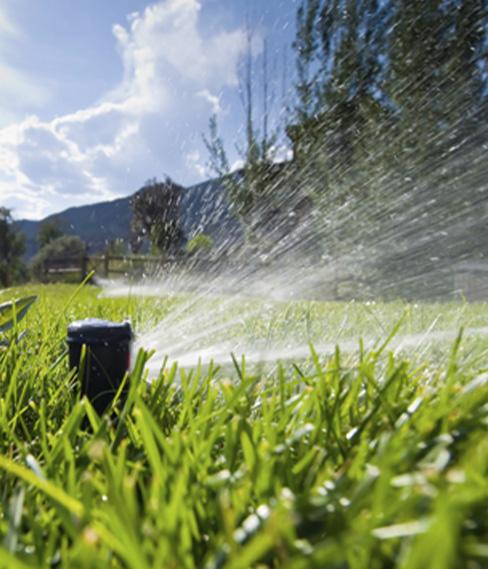Fertilizing
Timing is critical when fertilizing. Fescue is a cool-season grass and needs to be fertilized during this time. At Total Lawn Care by Bryant, we first apply fertilizer in early spring (late February to early March). We then apply fertilizer again in early September when the weather starts to cool, and/or November before the weather turns severely cold. Fescue does not need to be fertilized during warm weather. If fertilized during warm seasons you are promoting turfgrass diseases.
Having soil tested is the best way to determine the rate and grade of fertilizer to apply. The standard nitrogen recommendation for fescue is 1 lb/1000 ft², but most fertilizers also contain phosphorus and potassium. Only an accurate soil analysis can indicate how much phosphorus and potassium a particular lawn needs. For fescue to benefit fully from any applied nitrogen, its need for phosphorus and potassium must be met.
Once you know which nutrients are needed, selecting a fertilizer grade and calculating how much to apply is easy. A 16-4-8 grade of fertilizer contains 16% nitrogen (N), 4% phosphate (P2O5), and 8% potash (K2O). The percentage of nitrogen in the fertilizer (16) divided into 100 gives 6.25 lb-the amount of fertilizer you should apply per 1000 ft² to provide 1 lb of nitrogen. When you apply 6.25 lb of 16-4-8 per 1000 ft², you are also providing 0.25 lb of phosphate (6.25 × 0.04) and 0.5 lb of potash (6.25 × 0.08).
When it comes to fertilization for your lawn, contact Total Lawn Care by Bryant for professional help.


